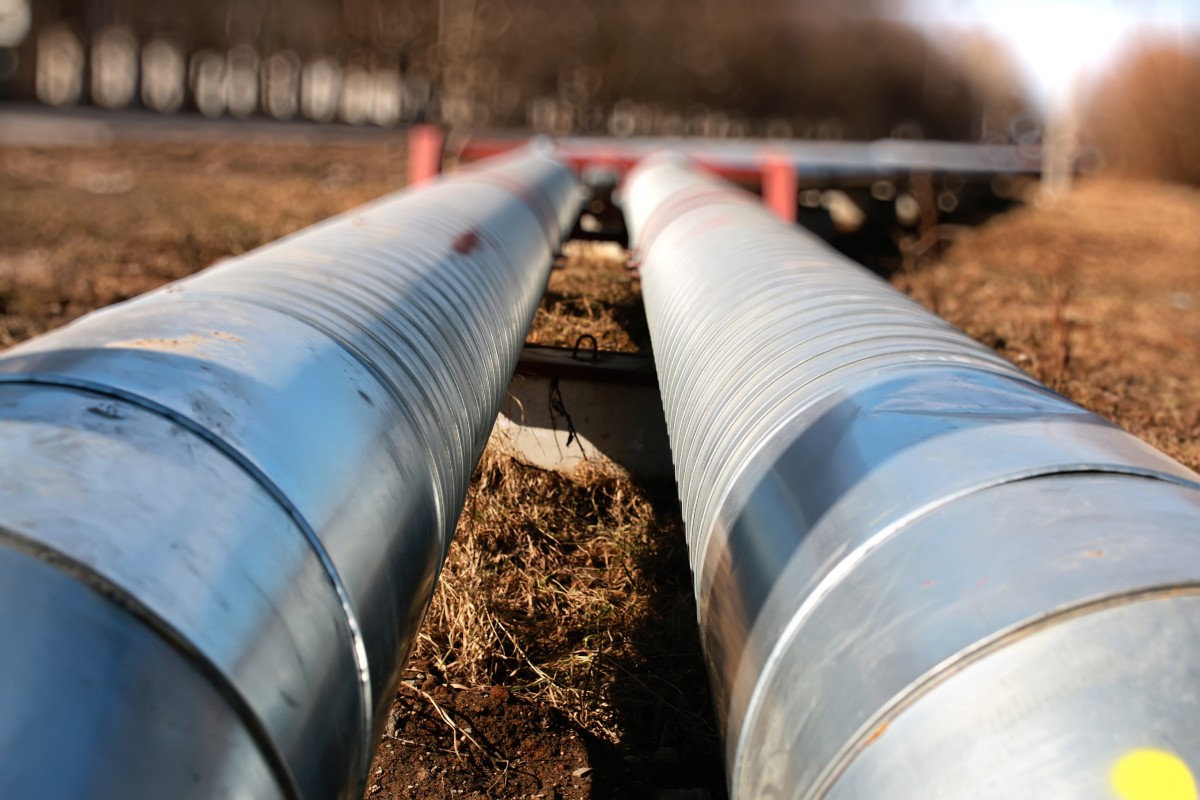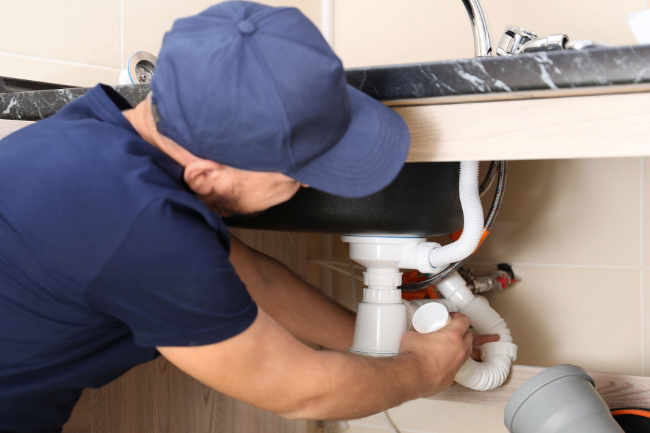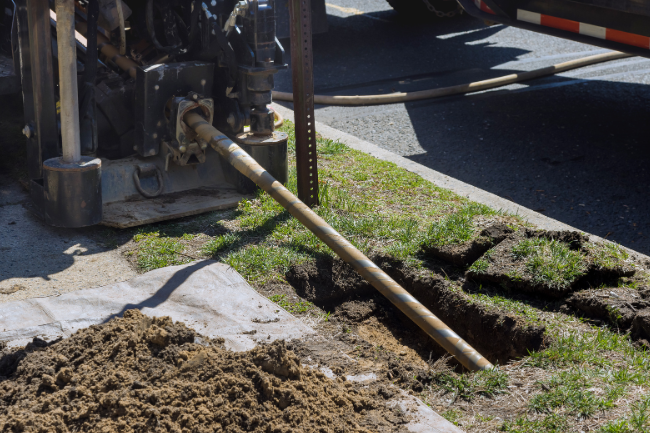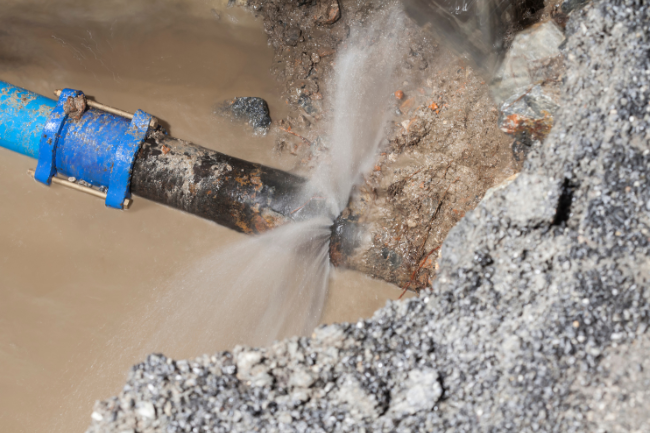Why You Should Use Trenchless Technology for Orangeburg Pipes
Posted by William Heinselman on

Were your sewer pipelines installed between 1945 and 1972? The odds are they were made from a material called Orangeburg. Sewer pipes made from this material are comprised of tar paper, making them brittle and light.
In contrast to piping made from cast iron or clay, pipes made from Orangeburg absorb moisture and become distorted, oftentimes in an ovular shape, under pressure. Layers of this material are also subject to bubbling up and closing the pipe off.
While Orangeburg was supposed to enjoy a long lifespan of 50 years, it typically begin to deteriorate after about 30 years. So what do you do if your home’s sewage pipes are made of Orangeburg?
What is Orangeburg Pipe?
Orangeburg pipe is a type of home sewer pipe installed in many homes built between 1945 to 1972. Also known as “no-corrode” pipe, Orangeburg is a type of bituminized fiber pipe made from a mixture of hot pitch and wood pulp. It gets its name from Orangeburg, New York, where it was originally mass-produced.
If you have an older house, it’s possible your pipes are made of Orangeburg material. How can you tell if they are compromised and need mending?
The following are two ways to tell if your Orangeburg pipes need to be repaired:
- Indented front yard along the main sanitary sewer line.
- If your neighbor's home was built at the same time as yours and they recently had to replace their pipelines.
If any of these are true, conduct a video pipe inspection to discover the true condition of your Orangeburg piping.
Why You Should Consider Orangeburg Pipe Replacement
Maybe your Orangeburg pipes appear to still be working properly after all these decades, but that doesn’t guarantee they will continue to do so. Eventually, the years and pressure from all the topsoil and moisture will take a toll on your pipes - and eventually your wallet if you do nothing about it!
Orangeburg Pipes Deteriorate after 30 years
Standard Orangeburg sewer pipes were expected to last about 50 years once installed. However, many pipe systems began to fail twenty years earlier than predicted. Due to essentially being composed of asphalt-soaked paper and pulp, Orangeburg pipes tend to deform due to moisture and pressure, resulting in failures and plumbing problems.
Some warning signs to consider that you may need Orangeburg pipe repair includes:
- Slow draining
- Frequent toilet back-ups
- Foul sewer odors inside the home
- Mold issues
- Lawn patches that appear greener than others
- Dips or indentations in the lawn
- Sinkholes in the foundation
To avoid expensive plumbing disasters, make sure to hire a professional plumber to do an inspection on your pipes if you notice any of these signs.
Benefits of Using Trenchless Technology for Orangeburg Pipe Repair
If you are looking for repairs to your Orangeburg pipes, traditional dig-and-replace methods can be meddlesome and expensive. Trenchless technology removes the need to demolish your house and yard by reinforcing your outdated Orangeburg pipes.
With trenchless technology, your Orangeburg pipes can last for over fifty years and:
- Restore damage due to cracks and root damages
- Save time since it’s completed in a few hours
- Cost-efficient for short and long-term savings
- Non-destructive because there is no digging or demolition required for repair
Types of Trenchless Technology
The common types of trenchless technology you would employ to reinforce your pipes would include:
Pipe Lining
Cured-in-place pipe lining (CIPP) is the most effective trenchless technology solution for Orangeburg pipes; however, it will still depend on the pipes durability and condition.
This repair process is conducted through an existing opening in your sewer. Once the plumbing technician has access to that opening, he or she will insert an epoxy-coated liner into the pipe and the inside will be coated with resin. After the application of these materials, the pipe will harden to reinforce the pipe’s structure making it more resilient than before.
Pipe Bursting
If the damage to your Orangeburg pipes is widespread throughout the system, pipe bursting may be your solution. Pipe bursting is a trenchless alternative to manual pipe replacement, in situations where lining the existing pipe would not restore damages fully. It’s often used for heavily deteriorated Orangeburg pipes.
Trenchless specialists replace your collapsed pipes completely without the need to dig out the damaged pipe by using steel, conical bursting heads, which are attached to new pipes. The cone bursting head fractures and displaces the old pipe, while simultaneously laying in place a new pipe, all through small entry and exit points. This trenchless method not only preserves your former pipes, but also is the most efficiently means to repair a severely damaged Orangeburg pipe system
If you have Orangeburg sewage pipes in your home, you may want to have a professional plumber perform a video inspection to identify your sewage pipes condition before it results in expensive repairs. For the best results, homeowners should be proactive to repair their aging pipes before a full collapse even occurs. If you think your aging Orangeburg pipes may be starting to fail, don’t hesitate to contact a trenchless plumbing expert in your area.
Topics: Pipe Bursting, Trenchless Technology







